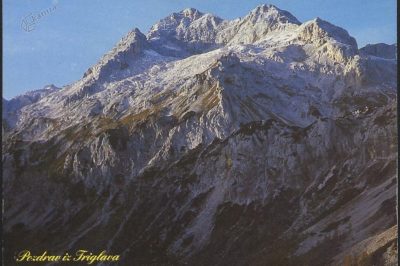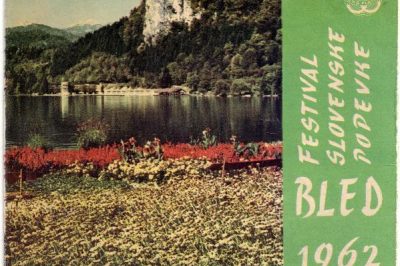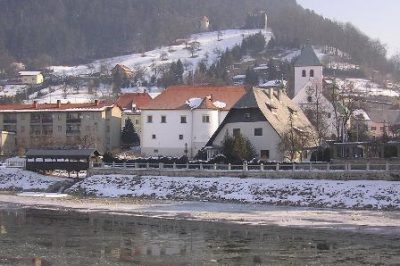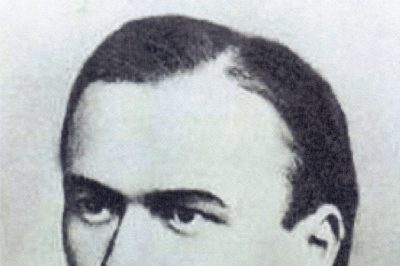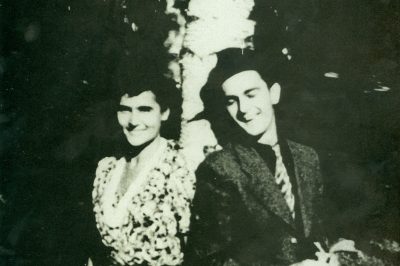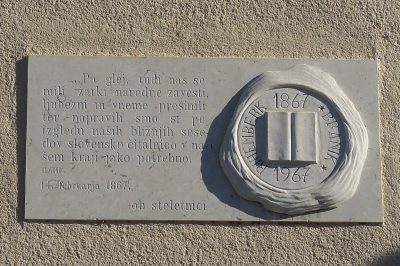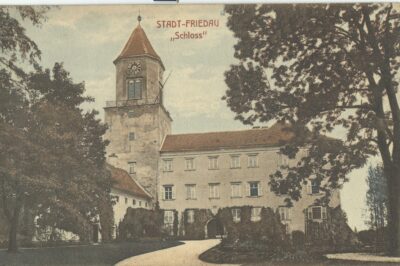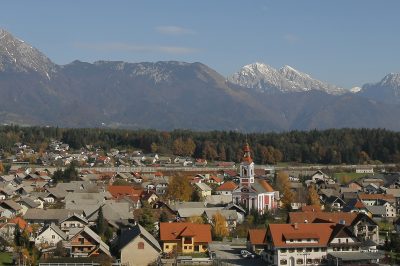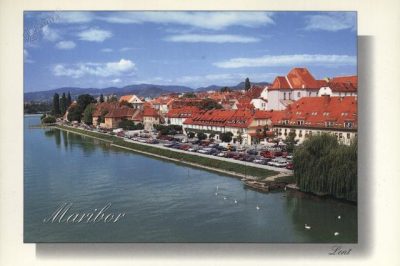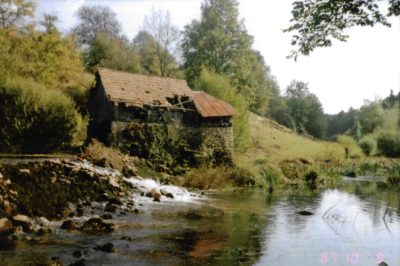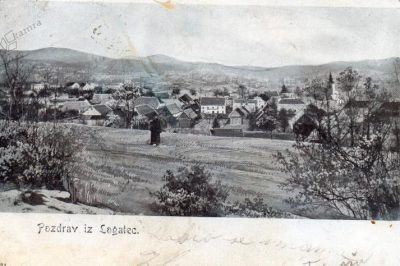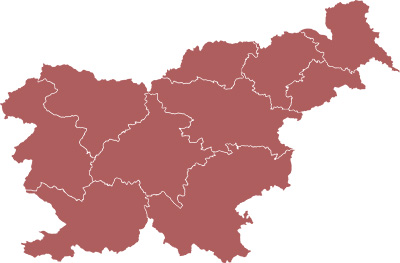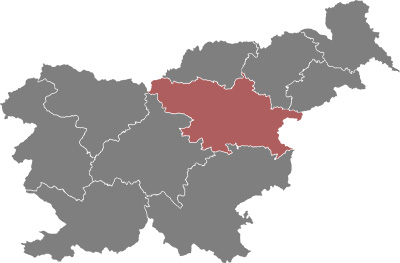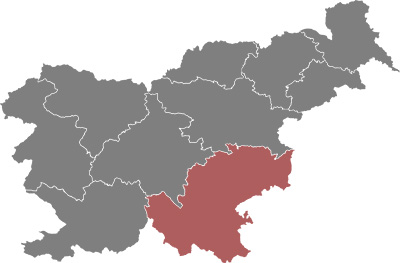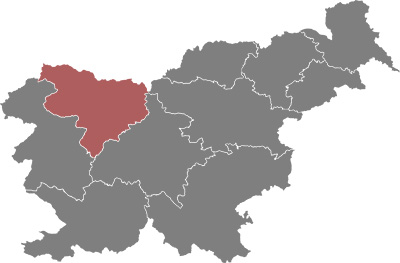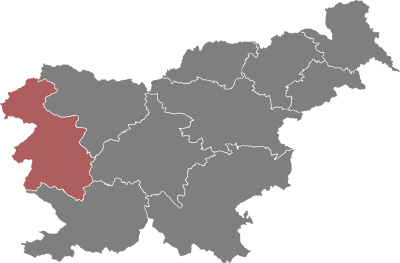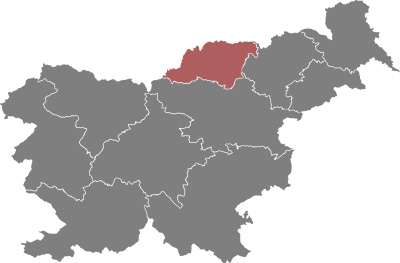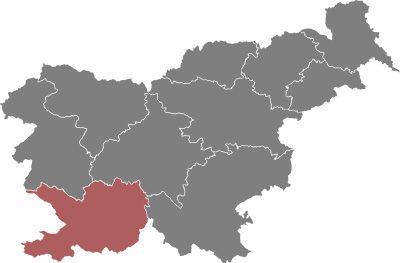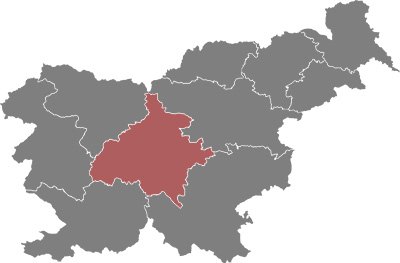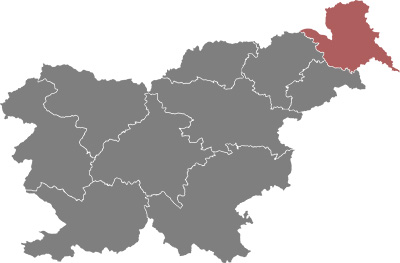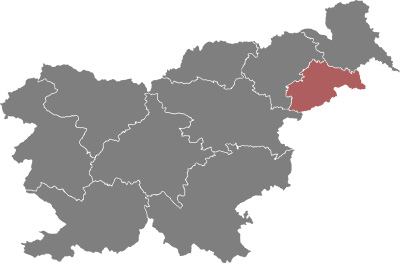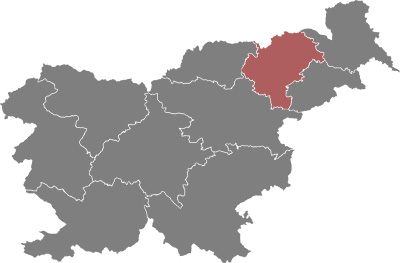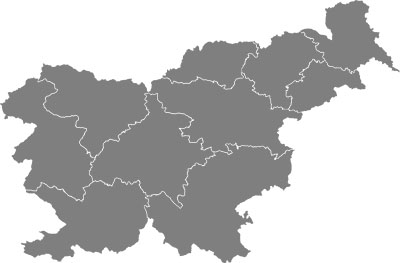Colatio – 100 years
In the Carinthian regional museum at Slovenj Gradec the permanent exhibition »ARCHAEOLOGY OF THE CARINTHIAN REGION« had been opened in the year 1992. For the opening of this exhibition we had borrowed from the Styrian provincial museum Joanneum at Graz (in Austria) about a hundred archaeological finds which were unearthed at our local finding places in the times before the First World War (when Slovenia was a part of the Austro – Hungarian empire). All these finds have actually been deposited at the Joanneum museum since the time of their excavations in the surroundings of Slovenj Gradec. At the times mentioned, namely, all of the archaeological finding places of significant importance had been discovered, as for example the prehistoric mounds in the Florjan forest at Legen, the remains of the Roman postal stage and the settlement Colatio in Stari trg at Slovenj Gradec as well as little higher situated (on the Castle hill) late antique and old-Slavian burial-grounds at the place Puščava. The exhibits were returned to the Joanneum after three years and during the following years our collection has gradually been completed by valuable minor finds from archaeological diggings carried out by the Carinthian Regional Museum.
To honour the hundred anniversary of the discovery of the Roman postal stage and the settlement Colatio in the years 1999 and 2009 our museum has renovated the permanent collection and published a guide through it.
A Summary of Historical Archaeological Research Works
In the second half of the precedent century the baron Karl Czoernig sen. and Karl Fhr. von Hauser had carried out some diggings in the moulds at Legen. The excavated materials have been lost. The first map of this burial-grounds was made in the year 1911 by Paul Schlosser.
In the years before the First World War dr. Hans Winkler, a notary at Slovenj Gradec, had discovered the ruins of the Roman postal stage and of the settlement Colatio under the fields of the place Stari trg. He also found a brand burial-ground of the Roman settlers. The scientific confirmation of Winkler`s work was provided by dr. Walter Schmid, a distinguished archaeologist in Graz. He also helped to find the governmental financial means for further excavations, especially after the first reports of this research were published and when imperial Academy of Science in Vienna showed its interest. So both archaeologists were able to continue their research works successfully at the historical site of Puščava with the sconce containing the late antique and old-Slavian graves. All the finds were carried away to the museum at Graz.
We have to adjudge the greatest merits that at least a smaller part of the archaeological heritage has remained at home to the town`s parish priest Jakob Soklič. As soon as he arrived to Slovenj Gradec in the year 1933, he started to study the history of the town. In the year 1937 he settled the Soklič Museum in the town`s parish house. A part of it is also an archaeological collection which is rich with finds almost from all archaeological epochs.
Archaeological research works have after these remarkable discoverings and events with the course of time been limited to occasional supervisions, topographic studies and protective excavations. These works have devotedly been carried out by Stanko Pahič from the Provincial Museum in Maribor and Mira Strmčnik Gulič from the Institute for protection of natural and cultural heritage of Maribor. It is largely owing to the latter that our museum has started to develop our own independent archaeological research. A successful realization of the project by which we established our permanent archaeological exhibition »Archaeology of the Carinthian Region« was a special achievement of this cooperation between our Museum and the Institute.
The arrangement of this collection has been divided into four major formations which are following each other chronologically from the oldest epochs onward:
The Prehistorical Period
The state of population under the Herkove peči in the village Vas on the slope of the hill Remšnik has been proved by some simple tools made of white flint-stones from the time of the last interglacial respectively of the last glacial period before about 115.000 to 70 thousands years. According to the age this finding place is followed by the cave Špehovka nad Hudo luknjo with the finds of stone tools and bone spear points from the early younger paleolithic over about 30.000 to 20.000 years ago. But this cave has first of all become known due to the finding of two splits of bony harpoons which were dated back into the period of mesolithic. They are different from other finds mainly by the fact that they already belong to the group of the contemporary man. In this first complex of our collection also some occasional finds of stone tools from the period of the younger stone to copper epoch are being presented. They already document the permanent settlement of man. Most of them have been found along the valleys of the rivers (the terrace of the Legen plain, and in the villages Dovže, Stari trg, Trbonje) as well as in the hills (in the places Brdinje, Podkraj, Zeleni breg). This part of our collection is concluded by a selection of archaeological exhibits from the Soklič Museum and by a presentation of some important elder researchers of our ancient past, namely of the already mentioned Winkler, Schmid, Soklič and father and son Brodar.
The second thematically rounded up circle of our collection presents hand-made clay hollow ware from the Legen plain. The time of Iron Age actually means the beginning of the continiuous settlement in our region which is proved by fortified sconces in the basin of Slovenj Gradec (Gradišče on Legen, Puščava above Stari trg) as well as in the lower part of the Meža Valley (Pigl above Ravne na Koroškem).
The sconce Gradišče on Legen, together with extensive mound burial-place, which has from year to year been growing by newly discovered graves, belongs to the leading finding places of the elder Iron Age in Slovenia.
The Roman Period
The times of the Roman domination in our country is best illustrated by the central regional settlement Colatio. This settlement on the important transportation artery from Celeia to Virunum had in the course of its existence experienced various intensivennes in its development from the first and up to the fifth century. There are two another exceptionally rich archaeological finding places with numerous Roman marble monuments (their number is approaching 50 pieces) in Zagrad at Prevalje and the remainders of the Roman country residence in Zgornje Dovže. But there are some individual finds of the Roman tomb stones as well which their finders used to build into the walls of the churches or they have made use of them in any other way in their private building activities.
The Old-Slavian Period
The final complex of our collection presents the historically exceptionally rich finding place Puščava above Stari trg. Here, among the late antique graves, not less than 138 old-Slavian graves have been discovered. They belong to the cultural circle of Köttlach (the 8th to 9th century). A little younger are the archaeological finds from the church of St. George in Legen (Sv. Jurij na Legnu).
Incidentally, they were discovered during the renovation works on the interior parts of the church in the years 1993 and 1994. The metal jewelry originates from 26 old-Slavian graves inside the church (the 9th to 10th century). This interior burial-place is spreading to some extend also outside the church walls on the ground yet to be explored. But this church has first of all been known to a wider audience by a discovery of the oldest sacral object from the pre-Carolingian epoch respectively from the times of Christianization of the Alpine Slavs. This small church with one nave had an rectangularly built apse in the eastern side and a pronaos (anteroom) on the western side. The presentation of architectural remainders together with the belonging graves is a unique one under a magnificent glass plaster which enables the visitors to get as genuine contact as possible between themselves on one side and a thousand years old remains still lying »in situ« (in the place where and how they have been discovered) on the other side.
The Medieval Period
The permanent arrangement of our exhibition has recently been expanded by the exhibits from the period of the Middle Ages. Slovenj Gradec acquired the market rigts in the year 1251, and the municipal rights at the latest in the year 1267. By the archaeological methods of research works the existence of the town walls from the 14th century has been proved. A number of finds was discovered also in the old defensive ditch which surrounded the town at least from the eastern part of the town-wall and is today filled up with earth. Most of these finds belong to the times from the 14th to the 17th century. The town-wall and the defensive ditch were additionally fortified and renovated in the times of the Turkish danger. In these works had next to town-inhabitants to help also the neighbouring peasants by force of the special emperor`s decree.
Among these finds are of more importance the clay unglaced Dutch tiles, a small Romanic pot from the 13th century and a broken piece of a clay aplique from a Dutch tile with the face of a young man wearing a head-covering and represented in the relief manner.
Translation: Franček Lasbaher


